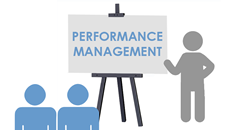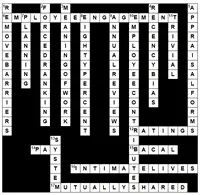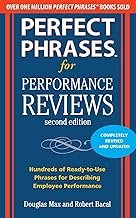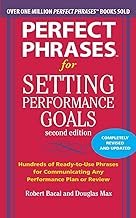Understanding System Variables and Performance Evaluation
In the performance review systems that you are most familiar with, employee variables are treated as the only determinants of good and poor performance. That’s not so. Focusing only on employee variables almost guarantees that the performance review is going to be less effective in improving both individual performance and work unit/company performance. If we want to improve performance, we need to look at both the employee and the system within which he or she works.
What are system variables or system characteristics?
System variables refer to the larger environment in which
each employee works. They include processes and procedures
within the workplace, and the tools supplied to the employee.
Here’s a quick list of possibilities. Notice that none of these
are under the direct control of the employee.
System variables:
Factors outside of the employee and usually not under his or her direct control.They are very powerful determinants of employee performance.They include resources, tools,management behavior,policies, and other employees.
• Skill of manager and managerial style
• Available budget
• Quality and appropriateness of tools
• Training to use the tools
• Behavior of coworkers
• Administrative policies and procedures (e.g., red tape)
• Design of work flows
• Customer expectations
• Marketing strategies
• Overall company planning
Before we look at some examples, here’s a key point. System variables are not under the direct control of the individual employee. They are the givens in the work environment. Some of these factors are under your control as manager. Some may be under the control of other departments (e.g., the human resources department), while others may be controlled by senior executives. There may even be some that are not controlled by anyone in your organization, such as changes in the economy or customer demands.




